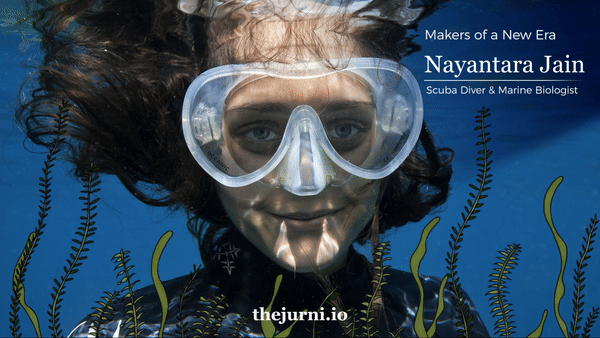
Picture this: You’re streaming through the deep waters of the Bay of Bengal, scuba diving off the coast of Andaman, as a school of vibrant fishes and tartan turtles rushes past you. The expanse of the ocean, the colourful corals, and the unique way in which pockets of freshwater hold you, feels like nothing you’ve experienced before. Suddenly, you hear a whistling sound, and “even if you don’t see them you know that there’s a pod of dolphins going past near you.”
This is how marine biologist, scuba diver, and instructor, Nayantara Jain, describes diving. “It's a magical thing… so different from anything else."
She is also the founder of ReefWatch Marine Conservation, a not-for-profit organisation that works in research and conservation of coral reefs. From Goa to Andamans, Jain has explored the underwater world and taken many on the journey with her. Talking about her experience, she told us, “One of the most beautiful things about being a diving instructor (is) to be able to... show them what happens down there for the first time. I once had a person who just cried because of how beautiful the experience was. They were right there on a boat a minute ago and had no idea that all this was right there, just under them.”
Jain spoke to The Jurni about her career, climate change, and some of the must-visit places for marine enthusiasts.
Read the full conversation as part of our series ‘Makers of a New Era’.
Can you tell us what or who inspired you to become a marine biologist? What projects are you currently working on?
It wasn’t really a ‘who’ that inspired me. I used to be a scuba diving instructor. And I was seeing the impacts of our urban lifestyles on these beautiful reefs and ecosystems where I was diving. I formed a very personal connection to the extent that there were fish and turtles that I recognized individually. Looking at that space change literally in front of my eyes over a very short period of time made me realise that I really wanted to try to be involved in trying to protect these spaces. Being an instructor, I think people exploring the ocean recreationally is also a really important thing but I realised I wanted to do more and work in conservation. And that's what made me want to go and study marine biology. I didn’t even have a science background, so that’s what made me want to go even more.
We try to make sure we select projects that have three critical components – restoration and rehabilitation, education and awareness, and management and advocacy. We do coral reef restoration, so we try to repair the reefs that have been broken due to various stressors. We try to repair them and help them grow back. The thing with coral is when it breaks off, it doesn’t die immediately. So when a piece breaks off, it can still regrow and to a whole other colony or individual. As part of that, we try to educate the local community with fun activities. When we, often, as tourists, go to these places, the local kids don't know how to swim. So these fun activities are great for them. We also do sustainable livelihood programs for them. We always have 3-4 local people who we train to help with this. From teaching them how to dive, restoration, to teaching them how to write permit applications, we do it all. We also work with the local forest department.
We have bases in Karnataka and Goa where we are working to create a marine response team. In India, there is no protocol for what to do with the creatures that wash ashore. The locals usually bury the dead animals and push the ones who are alive back into the water. So with this program, we are trying to have a network of people who would inform us if an animal has washed ashore and have a treatment centre for those who need it. Usually when an animal has washed ashore, it’s because they are either injured or ill. We have India’s only marine specialist vet who heads this project. We release them back when they’re ready. If a dead animal washes ashore, we try to understand why it has died.
Has any aspect of your approach to health and wellness changed?
Typically, I don’t have to particularly focus on the health and wellness aspect of my life so much because it is mostly outdoors. I just live quite an active life. Now, since the pandemic, it has become a more focused effort.
During the second wave, I was in Andamans, so I would still be able to go for walks on the beach, since we couldn’t go diving. During the first lockdown, it was the longest time I hadn't been by the sea. I was stuck in Bengaluru for months. It changed my relationship with work. Generally, my work was more field-based, and what this did was it brought me back to my computer. It was very good because it was a period of huge growth for Reef Watch because I sat down and focussed on our long-term plans and reaching out to more people. It made me step back and look at the larger picture. Now that I can go to any field base, I recognize the importance of this work and it has helped me better the balance between the two.
As you are based in the Andamans, do you think your experience of the pandemic might have been different to others?
When you’re in a city, especially at a time like this, you feel like this is all there is. But when you’re away, like in the Adamans, you feel like no matter what, some things never change. Everything else is a smaller dip. Nothing changed there, I felt. The monsoon came in, the farmers were doing their thing – it gives you a different perspective from the fear or depression that you may face in a city.
Tell us about one view you held previously, that completely changed over the course of last year? It could be an opinion, or something new you learnt that made you think differently?
I think I value people more now. I have people I love – my parents and friends. But till there was social distance, I probably didn’t understand the importance of just being able to see them. I grew up moving cities, so this kind of permanence and impotence of people never really occur to me. I would go to a new place and it wouldn’t occur to me to miss somebody, but that’s changed now.
To inspire a generation of Indians and as travel is core to who we are, we have started ‘Travel Offsets’ with The Jurni, where we ‘offset’ some of the busiest flights routes in India. So if you refer friends, we plant a tree (neem and mango). It’s our small way of raising awareness with climate change, the most pressing issue of our times.
What would you say to the working professional sitting in Mumbai or the graphic artist in Pondicherry- if they say to you climate change hasn’t affected their daily lives that much -- what would you say?
I understand why people don’t think climate change is affecting them because until I saw the impacts of the warming on the coral reefs with my own eyes, it was a concept that I had only read about. I knew it was real and thought it would take a long time. But I think people should re-look at that thought process. When change happens, it usually happens in small increments and we may not always see it. It’s like with siblings, I have a younger brother and sometimes I’ll see old baby pictures and think, “When did this happen? I was right here!” Climate change is a bit like that. Every day there is a change, and it is not a growth but a deterioration and we don’t suddenly one day look at it and go, “How on earth did this happen? Where was I?”
Today, no one can say climate change doesn’t affect them in any way. Look at Delhi as an example. People can't breathe there. Puducherry is another example with the sea levels rising where they had to put the rocks by the beach where locals loved hanging out.
What would you say to our thousands of readers on the importance of ocean conservation?
We tend to think of the ocean as different from us. We live on land as terrestrial beings and the earth and water as two separate entities. It’s very easy to think like that. But all of it together forms earth. Our environment, the atmosphere and the food we eat – the whole thing works together as a unit. Also, since the oceans take so much more space, their impact is that much more on our environment. So don’t think of marine conservation differently, but rather view it as an integral part of saving the planet.
Is there something you watched or read this year that moved you?
I watched this incredible documentary called Seaspiracy about fishing and it was so eye-opening and moving. I’ve also been reading a lot of ‘popular science’ like Your Inner Fish by Neil Shubin and it traces the evolution of life on land from life in the sea and how it evolved. It really connected me to the sea even when I was far away.
Where is a place that you would love to visit once the world gets back fully on track?
There’s so many! I love diving at new places, so that’s always something I look forward to. There’s a place in Egypt where you can dive with dolphins and manatees at the same time. Most of all, it’ll be nice to have the excitement and fun of planning a trip.
What have been some of the most memorable reactions from people as they explore the underwater world for the first time? Have you seen this change the way they view our planet, in your experience?
That was one of the most beautiful things about being a diving instructor – to be able to take people underwater and show them what happens down there for the first time. I once had a person who just cried because of how beautiful the experience was. They were right there on a boat a minute ago and had no idea that all this was right there, just under them. And it made them cry. I’ve also had funny reactions like people will jump in and say, “Oh, I didn’t realise it was this salty.” The reactions are always the best.
It's a magical thing to scuba dive and go into the sea. It’s so different from anything else. The expanse of it and the density, it holds you very differently than the way fresh water holds you. But there’s also all the things you see – the fish, the turtles, the reef. And the sounds! You’ll suddenly hear a whistling sound and even if you don't see them you know that there's a pod of dolphins going past near you.
Does eco-travel help with both conservation as well as raising awareness amongst people? What would be your suggestions for creating a sustainable travel experience?
Hopefully this awareness will make us more conscious of the way we travel and help us put in more thought into how we go about it. It’s not just about how efficiently and quickly we’ll get from point A to point B. Hopefully, it’ll make us focus on the experience and think there’s more to it than we think. As soon as there’s some thought that goes into it, we find ways to look for solutions – like carbon offsetting or making sure you eat before your flight, or take a bottle of water to make sure you’re using single-use plastic, etc. Now, when I travel, I have different things I look for in a place I’ll stay beyond the amenities. Like how committed is this place to sustainability? At each step, if you think about how your travel is impacting the natural world and the local people, you’ll be more aware.
What are you most looking forward to right now?
We have some exciting new projects coming up with Reef Watch and we’re expanding our presence to more states along the West coast. We’re also making a film about India’s coasts which has been delayed because of the pandemic. Hopefully, we’ll be able to have that sorted this year.
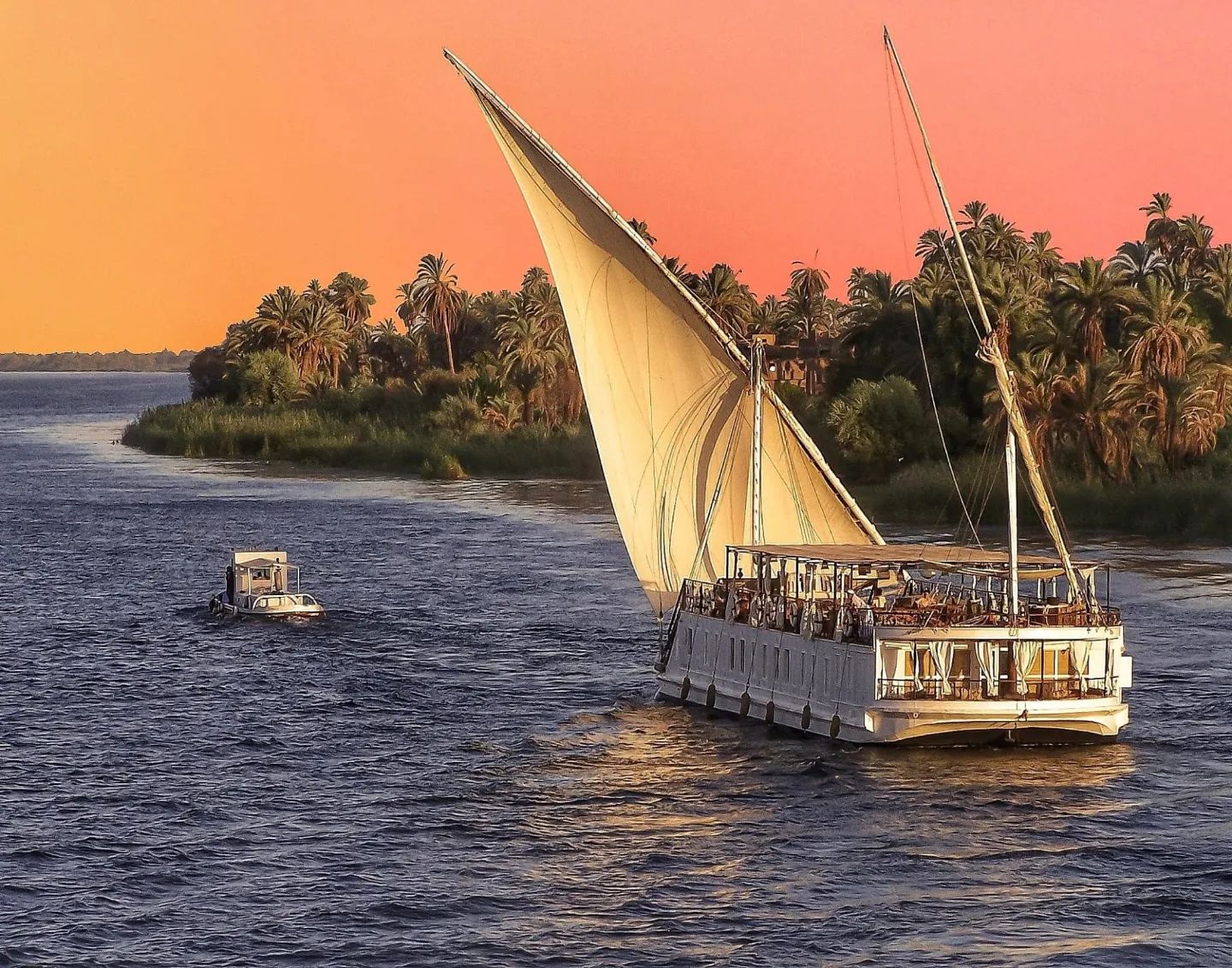
Gift of the Nile
The River Nile has for centuries inspired writers, historians, and adventurers alike, from Agatha Christie’s book Death on the Nile, to, of course, William Shakespeare’s Antony and Cleopatra. It comes as no surprise then that so many of us want to sail around its shores too. But, just like Kashmir’s Dal Lake is best experienced on a shikara, the different routes of the Nile are best navigated through a Dahabiya boat cruise.
Dahabiyas are shallow-bottomed wooden sailboats that have been a part of Egyptian culture for centuries. They originated as houseboats, much like the shikara, but have always been associated with royalty. Even the word dahabiya is derived from the Arab word for gold.
Today, you can choose from different types of dahabiya rides – from grand cruises to the more intimate ones (either way, you’ll feel like royalty). Most Nile cruises travel from Luxor to Aswan and take from four days to a week to cover the best spots.
Pro tip: pick the one that has Elkab as one of its halts. Lined with ancient Egyptian settlements, it has some of the most beautifully painted tombs and remains of prehistoric temples, and would be worth every second of your Nile cruising journey.
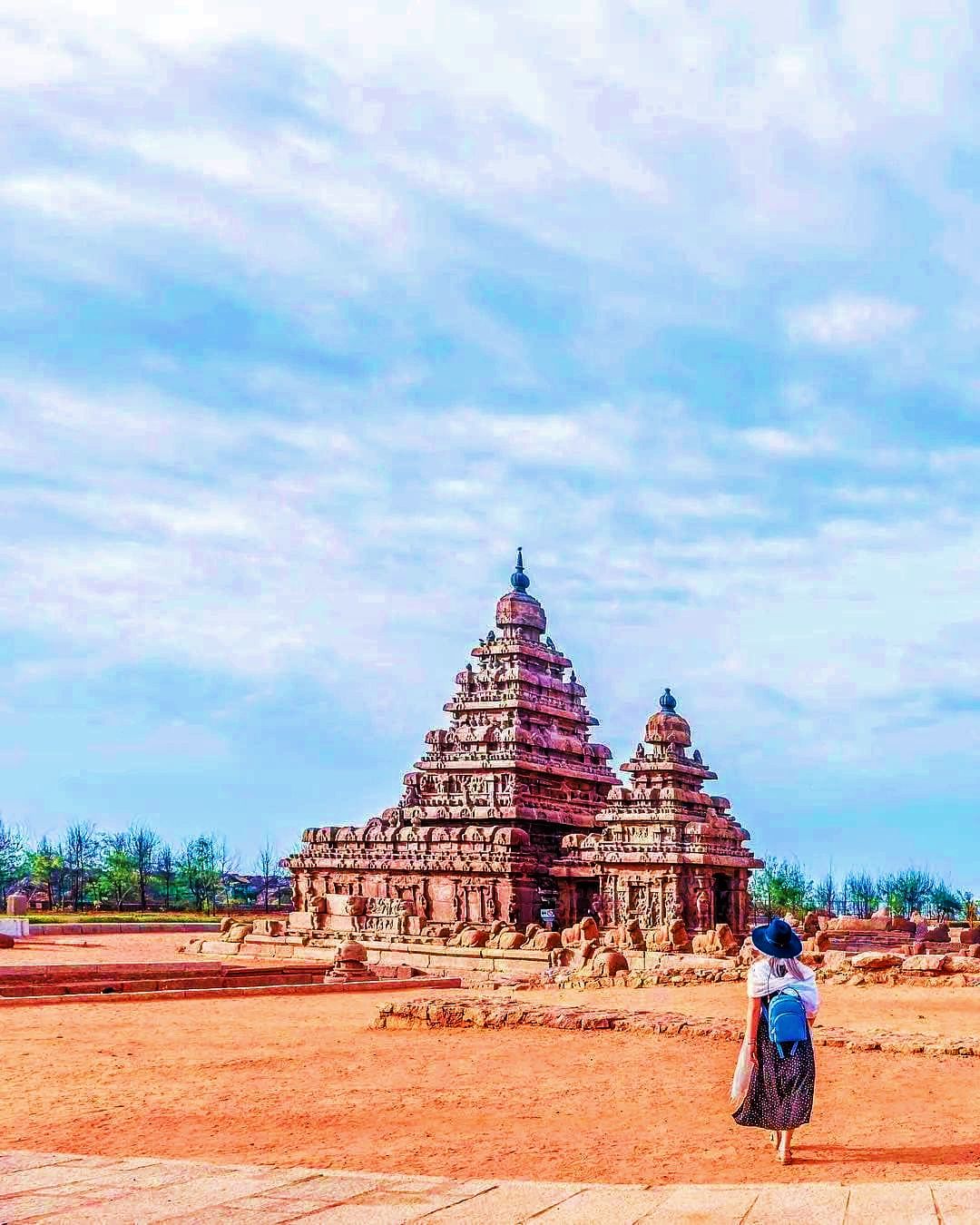
Holistic Heritage
The Shore Temple at Mamallapuram recently made history by becoming India's first Green Energy Archaeological Site. With solar power plants, electric buggies driven by local women – along with charging stations for electric vehicles in the parking lot – as well as kiosks for potable water (reducing the need for single-use plastic bottles), this rock-cut temple dating back to the 6th century has become one of the most sustainable spaces of architectural heritage today.
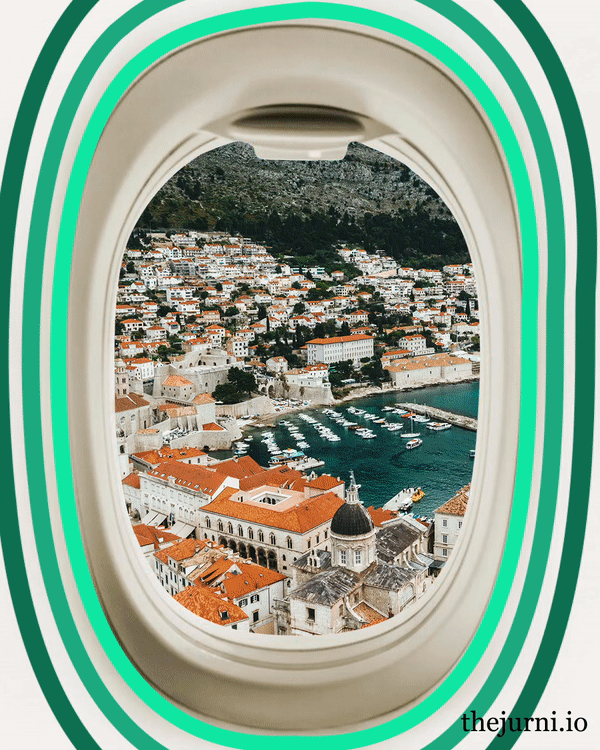
Disperse to Preserve
Think back to the last place you visited on vacation. Did you desperately wish there were fewer people around? While once governments were pushing creative policies to boost their visitor count (and many are still doing so), today, several are trying to find ways to discourage it. The problem of overtourism has cropped up in recent years and has led to a struggle over sustainability.
Where is it most prominent?
Mostly in Europe, where cities are trying to curb the issue by levying or hiking tourism tax. For instance, Venice recently became the first city in the world to charge daytrippers an entrance fee. On the other hand, Iceland – an emerging favourite with Indians – has become the latest country to levy a tourism tax. Other popular destinations among Indian tourists, like Amsterdam and Barcelona, have also come up with stringent rules to discourage visitors.
And what has led to this?
The primary reason, of course, is an ever-increasing world population. Beyond that, a rising number of tourist packages, cruise ships, and Airbnb-style rentals are being looked at as the major factors driving mass tourism. Travel trends like set-jetting also have a substantial impact on comparatively smaller locations that suddenly explode in popularity.
So how do we travel better (for ourselves and the world)?
One way around it could be to travel during the shoulder season, if you must visit these locations. Also try travelling in smaller groups. In case you are willing to be more flexible, you can plan trips to lesser explored destinations like Kazakhstan (which provides 14-day sans-visa travel for Indians) or Albania. Not only are they a traveller’s treasure box waiting to be explored and appreciated, but are surprisingly easy on the pocket. At the same time, you can support their economy by using local services. These tiny alterations can go a long way in helping you travel better, cheaper, and in peace (while helping the world retain some as well).

Bernina’s Bounty
Exploring the Swiss Alps has never been this beautiful and economical. The Bernina Express, which runs between the Swiss city of Chur and the Italian town of Tirano, covers some of the most breathtaking scenery in Europe, alongside one of the more famous World Heritage Sites in Switzerland. It’s no wonder that it happens to be one of the most Instagrammed train journeys in the world. What’s even better is that a ticket for the four-hour ride costs CHF 63 (Rs. 5,700), almost the same as the cost of a first-class ticket for Rajdhani! There are cheaper options available in case you have less time to spare, which cover a smaller part of the 90-mile route. For the best views and Insta-worthy pictures, sit on the right side of the train.
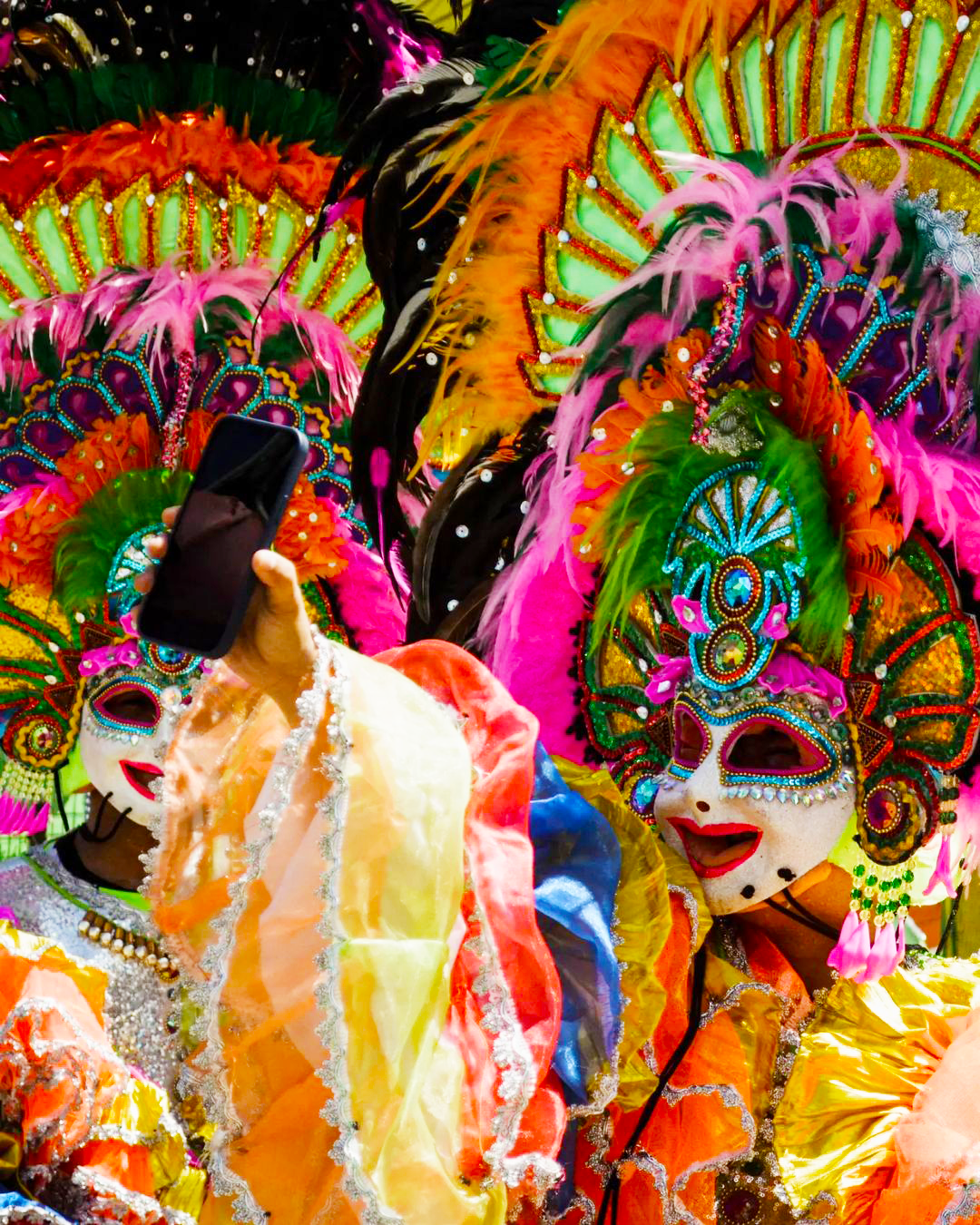
The Merry Masks of Bacolod
The annual MassKara festival, hosted in the city of Bacolod in the Philippines, is back! Celebrated during the third week of October, the festival features carnival parades, masques, dance competitions, and even a beauty pageant. Born out of a tragedy back in 1980, the festival emphasises the resilience of Bacolod and the pride their residents take in simply kicking back and enjoying life. A portmanteau of the words ‘mass’ and ‘cara’, which is Spanish for face, the obvious pun might make one crack a smile – and that is exactly what the festival is about. It is no wonder that the event is known as the ‘festival of smiles’, and that Bacolod has been named the ‘City of Smiles’.
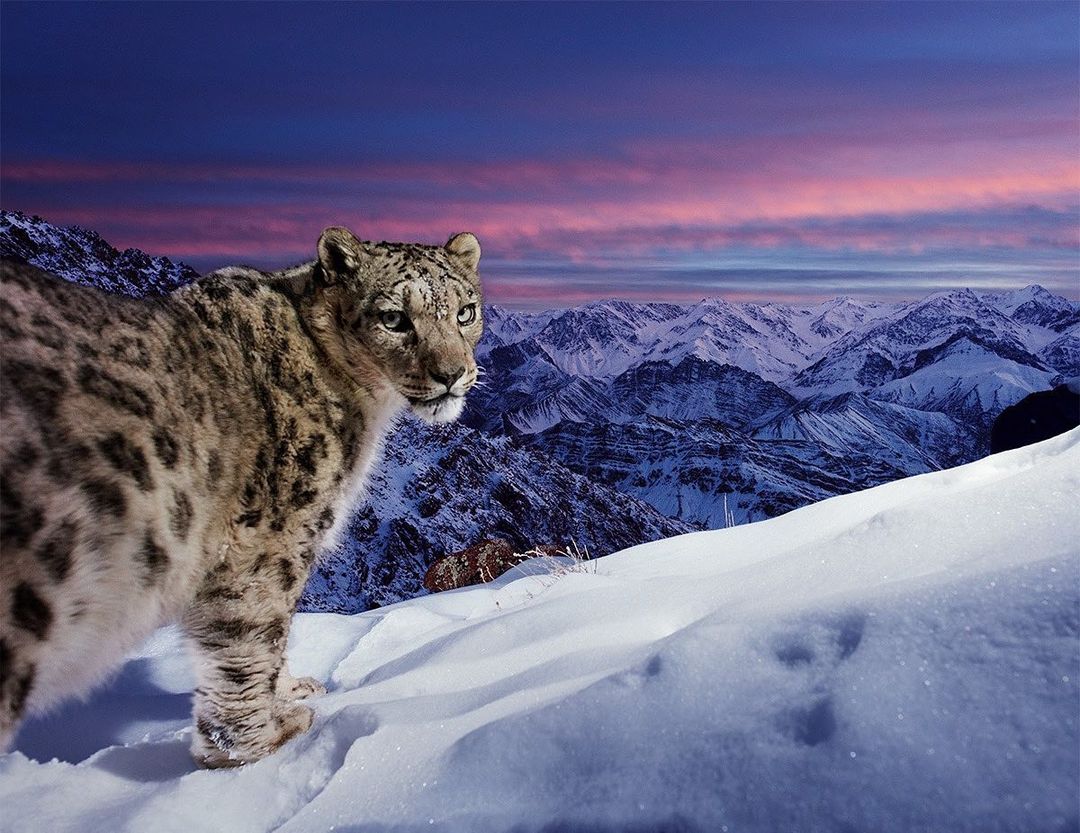
Snow-Spotting
This International Snow Leopard Day, we bring to you India’s biggest and most unique national park, which also happens to be the biggest sanctuary for the endangered cat. Hemis National Park is located at an astounding elevation of 17,000 ft. above sea level in Ladakh, and houses several other animals like the red fox and the Himalayan wolf, but the snow leopard is its star attraction. With no designated areas and no time constraints on safaris, you can catch a glimpse of the elusive cat at your own pace (pro tip: these cats are most active during dawn and dusk). The best time to visit Hemis for snow leopard sightings is between November and March, so go ahead and pack your bags for a magical trip.
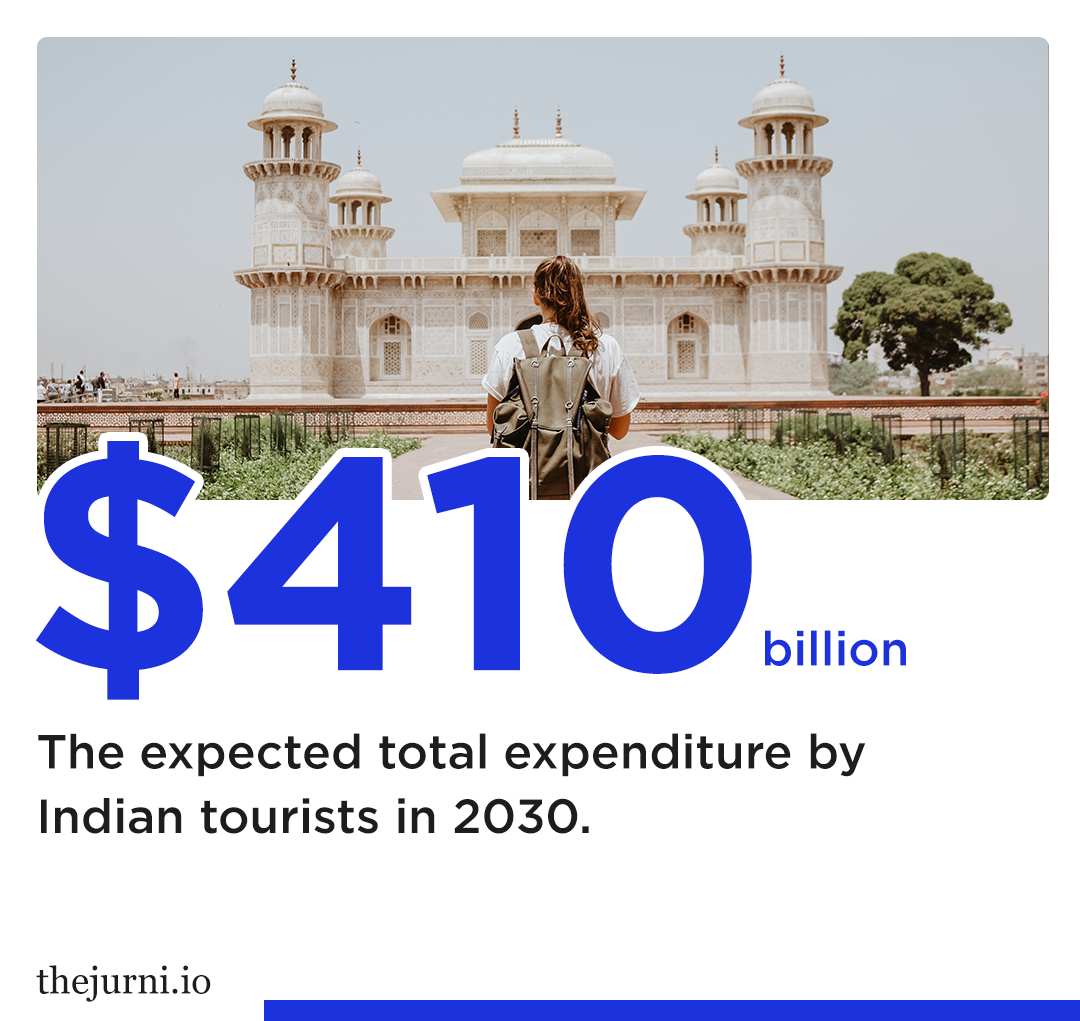
Frequent Flyers
With the return of the tourism industry to the pre-pandemic levels after a few years of uncertainty, Indians are fast emerging among the biggest spenders in the industry. Already the sixth largest tourism industry in 2019 at $150bn spent, this figure is ready to grow exponentially. A mixture of being economically less impacted relative to other countries during the pandemic along with the decrease in travel expenses throughout the world has resulted in Indians indulging in their wanderlust on a more regular basis. With the addition of social media influencers as well as a pop-culture zeitgeist that sees travel as a way of discovering oneself, Indian tourists, both domestic and international, have the opportunities as well as the budgets to become the fourth largest tourism market in the world.

Water Logging
If you think whitewater rafting in Kullu and Rishikesh is exciting, behold something that will raise your adrenaline levels through the roof. Welcome to Kitayama village in Japan, the place for traditional log rafting, or ikada-kudari, where you raft while standing! A 600-year-old practice, it originated with local lumberjacks tying up felled logs together and riding them downstream to transport the wood. The rafts have changed little through the years, but there are handrails present these days to prevent you from falling off. Another gem to add to your Japan bucket list.

The Festival of Flights
If we were to ask you about the one place where you would love to celebrate Diwali, what would it be? For most, it’s home. After all, Diwali is one of the most intimate festivals where you come together with your loved ones in a space of comfort and familiarity, made warmer by the lights. But something is different about it this time, with many Indians preferring to travel to faraway lands to celebrate, despite higher airfares.
Where are they heading?
Istanbul, Tokyo, and Hanoi, among a few others seem to be topping the list of international destinations this festive season, while Puri, Munnar, Ooty, Darjeeling, and Varanasi are trending domestically. Interestingly, a few destinations in the Northeast, including Arunachal Pradesh’s Kibithu village – the first village along the Indo-Tibet frontier – are also becoming some of the more sought after locations.
A way away from the pollution
According to a report, over 72% of Indians are looking forward to the food and culinary experiences at these destinations, followed by shopping and exploring local markets. But for most, the reason to head out is pollution – noise or otherwise – which tends to be at its peak during the festive season. Another reason is to indulge oneself over the year’s comparatively longer holiday period. In fact, searches for leisure travel this month are up by nearly 70% from October.
Visa-free travel is an enticing perk
While Sri Lanka has already initiated visa-free travel for Indians, Thailand recently waived visa requirements for arrivals from India and Taiwan with effect from November 10. Hong Kong, another location that made it to the list of the most preferred destinations this season, is also allowing Indians to travel sans visa for over 14 days. A few other exciting destinations, including Barbados, are also providing similar perks.
A reverse trend might be in place…
Of creating an abode away from their dwellings during festivals, especially during the slightly longer ones. While earlier, festivities had been more about hosting, perhaps it might shift to being hosted (by different destinations) and indulging in some peace and quiet.
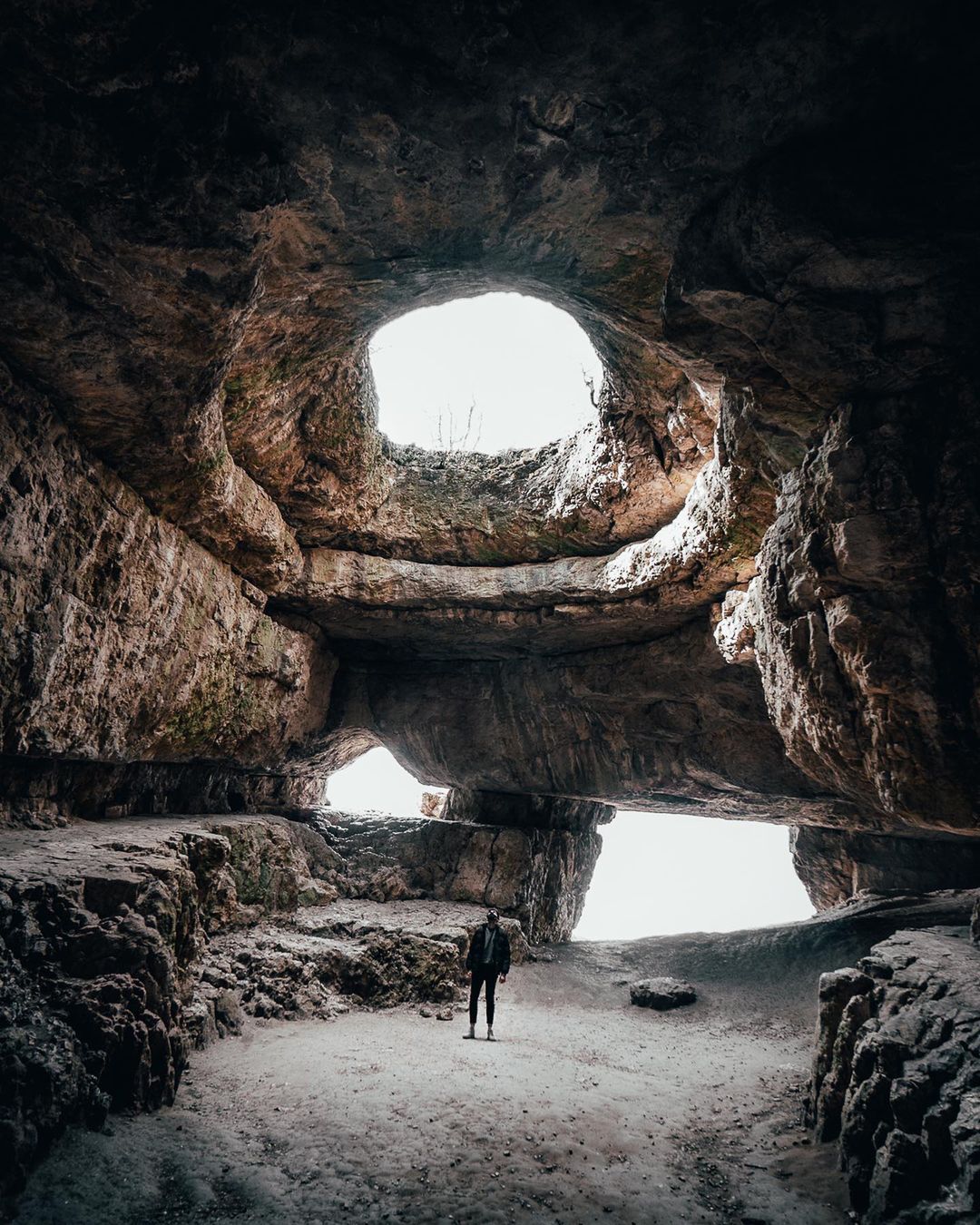
The Grand Budapest Popcorn
Dig deeper and you might find gold. The saying often holds true, be it in the context of a person or a place. Well, digging deep in Budapest, we’ve found a similar treasure – its caves, which appear to be floating in nothingness under the city’s vibrant and bustling surface. With a sense of being in two dimensions at the same time, visiting these caves is nothing short of an other-worldly experience (imagine an awe-inspiring version of Stranger Things).
Of these, the richly ornamented Szemlő-hegyi Cave stands out for its uncanny beauty, with unique limestone formations that are over 40 mln years old. These formations are commonly called popcorn or cauliflower because of their appearance. Though getting some real popcorn wouldn’t be a bad idea if you’re in subterranean Budapest – it’s nothing short of being in a movie.
In case you’re someone who’d be up for a bit of a challenge, the Pálvölgyi caves can be equally exciting. The trek towards the cave can be strenuous but ultimately quite rewarding, especially for those who consciously seek out silence. In Pálvölgyi, all you will hear is the voice of your guide and sound of the dripping water (at times, eerily so).
Once the tour is over, you can move towards the livelier parts of Budapest’s underground scene, also called the small underground – lined with gaming arcades, shops, and restaurants. We’ll bring you more deets on that one some other time. For the time being, we’ll let you idle on calmer shores.